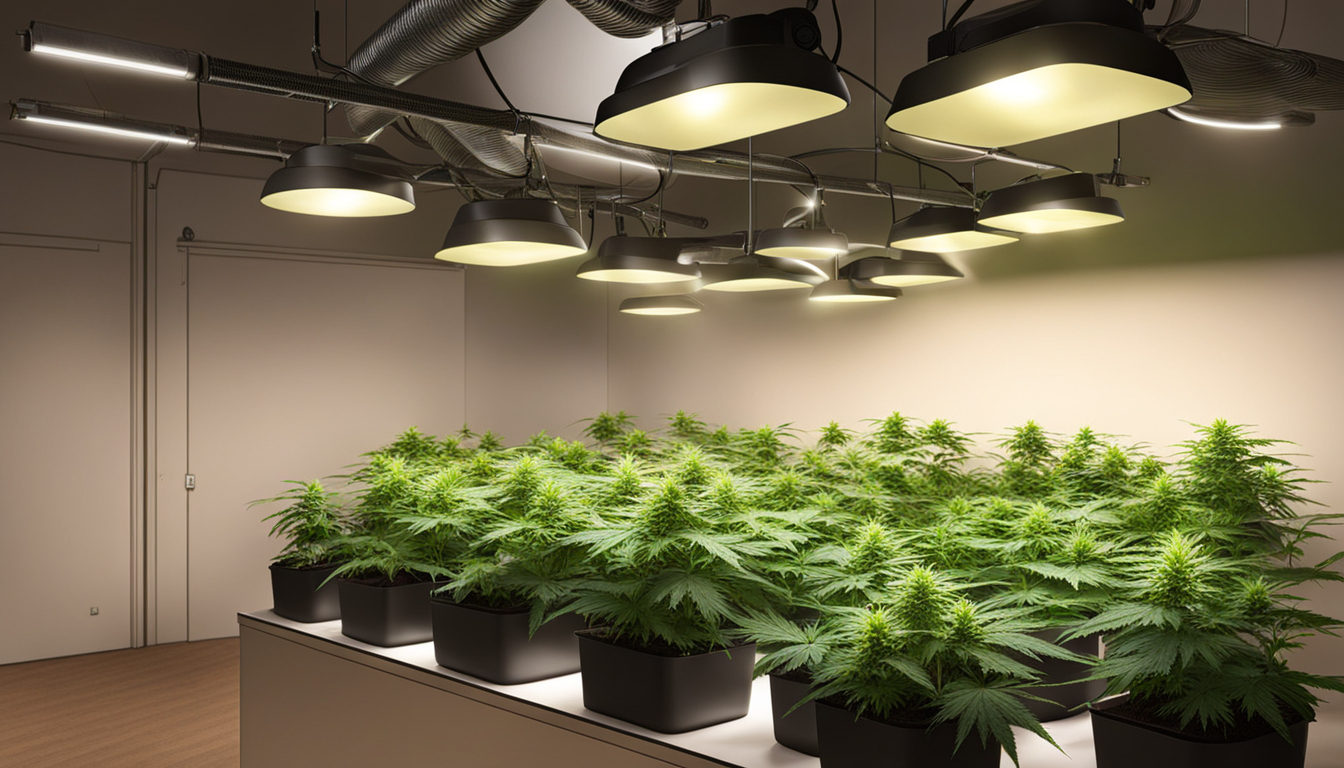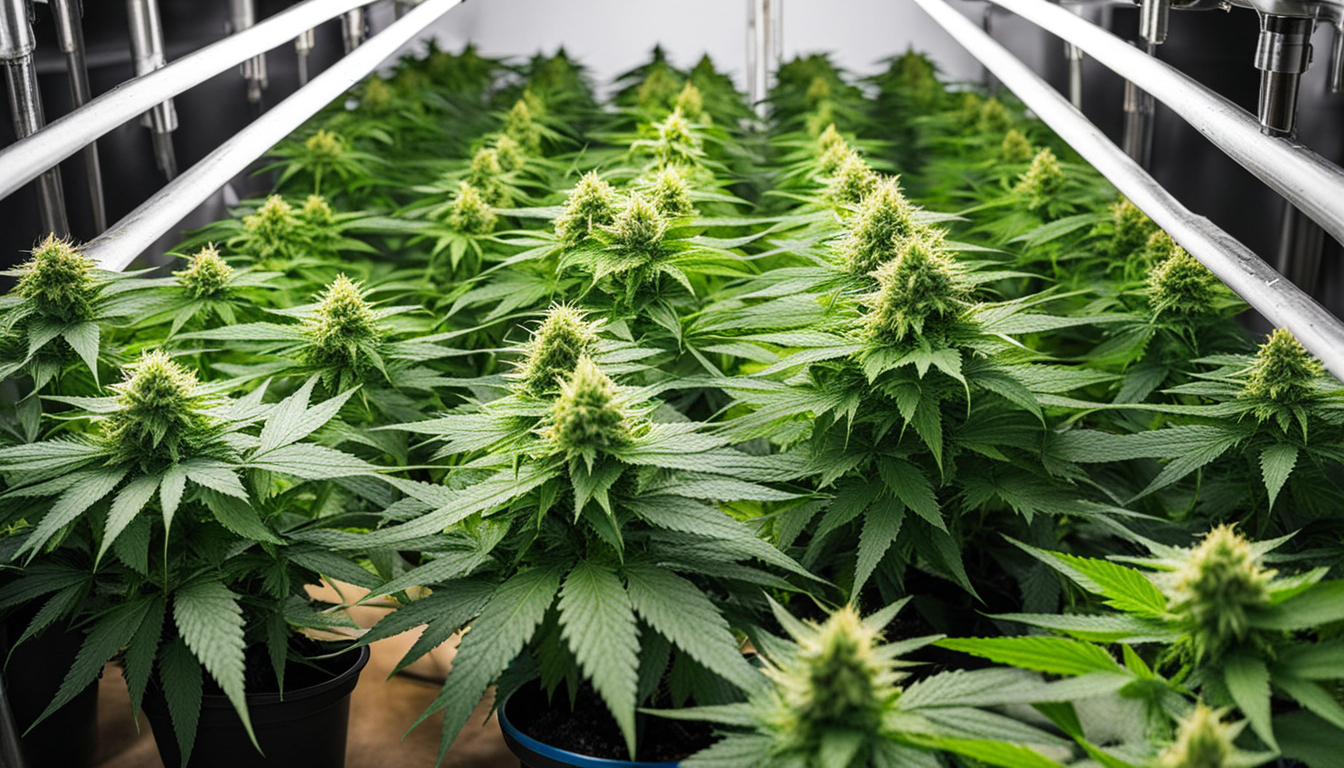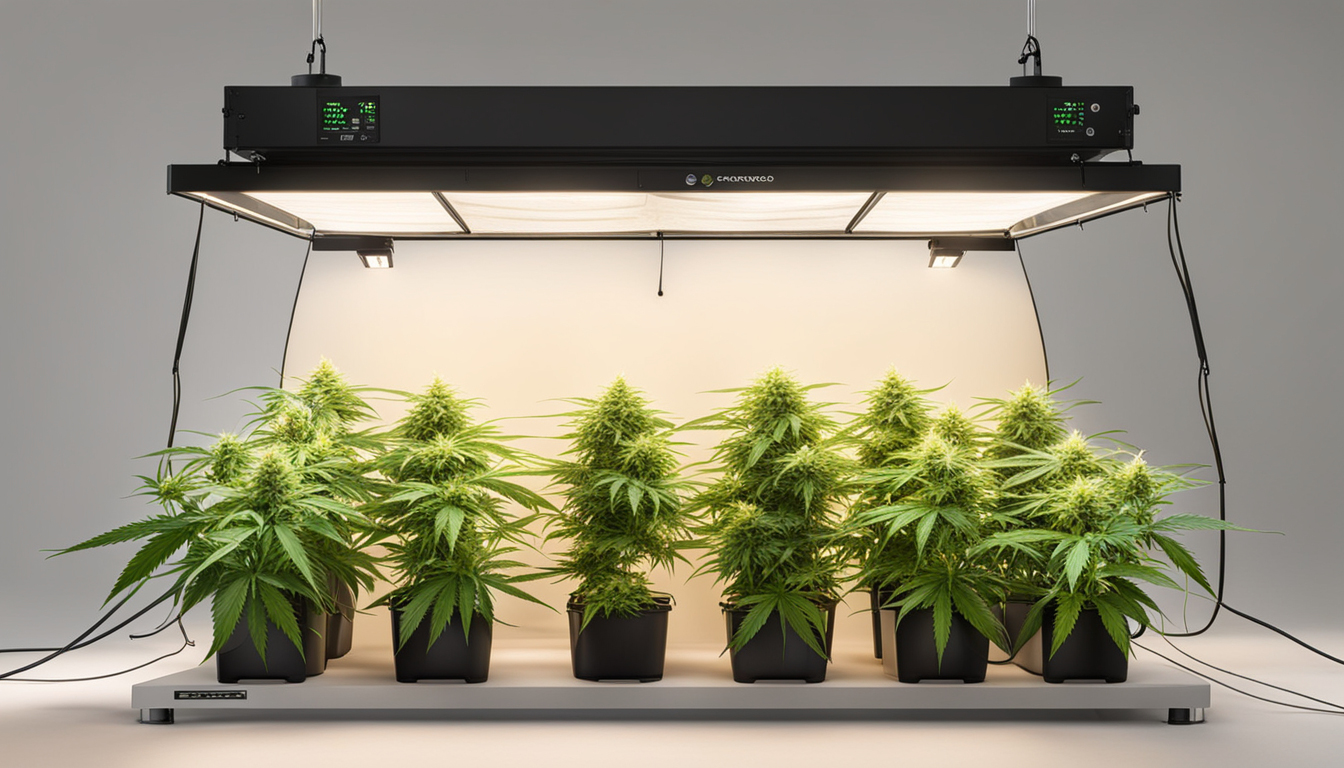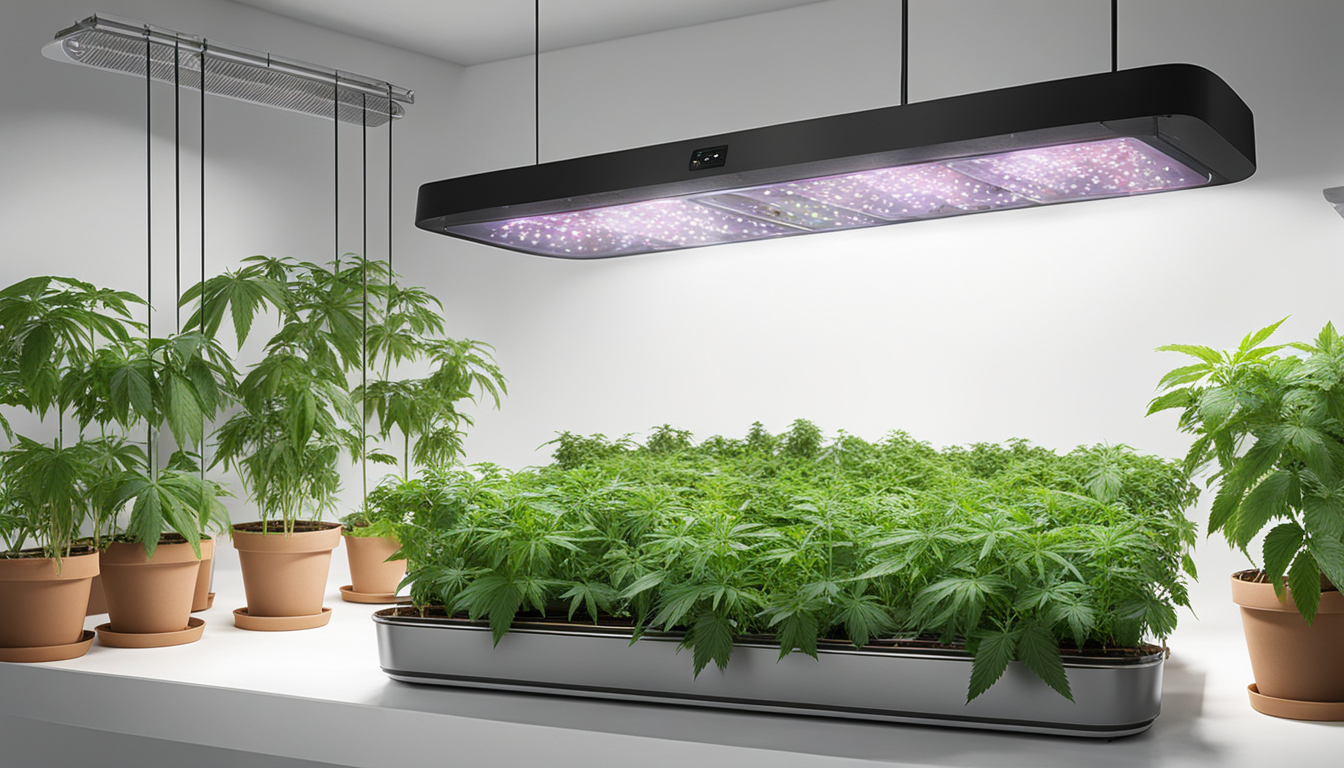
Whether you're beginning cannabis growing or looking to improve your existing harvest, following this complete guide will help you produce bountiful, high-quality yields right at home. With the right equipment, methods, and care, cultivating pot indoors can be an extremely rewarding and cost-effective endeavor.
Choosing Weed Strains
The first step in planning your indoor crop is selecting the right pot cultivars to cultivate. The three main types of pot plants each have their own characteristics.
Sativas
Known for their invigorating intellectual effects, these strains spread tall and slender with narrow leaves. They flourish in tropical tropical climates and have a longer blooming time between 10-12 weeks indoors. Top sativa strains include Sour Diesel, Durban Poison, and Jack Herer.
Indicas
Indicas provide relaxing full-body effects and grow short and bushy with wide leaves. Accustomed to colder mountain climates, they bloom faster within 8-9 weeks. Popular relaxing strains include Granddaddy Purple, Northern Lights, and Bubba Kush.
Hybrids
Hybrid strains mix traits from both energizing strains and relaxing strains. They offer blended effects and have medium blooming times around 2.25-2.5 months. Popular mixes are OG Kush, Girl Scout Cookies, and Blue Dream.

Setting Up Your Grow Space
Cannabis plants need the right controlled environment to flourish. Key factors for indoor cultivations are lights, airflow, layout, and finding the ideal discreet spot.
Location
Choose an unused space with easy access to irrigation and power outlets. An empty spare room, large closet, basement corner, or grow tent securely placed in a garage all make great hidden grow room spots.
Lighting
Pot requires powerful light for all vegetative stages. LED grow lights are energy-efficient and come in broad spectrum options simulating natural sunlight. Provide 15-25 watts per square foot for the growth stage and 20-40 watts per square foot for bloom.
Airflow
Proper airflow and exhaust systems maintain ideal temp, humidity, and fresh CO2 levels. Set up low-noise 4-6 inch fans or scrubbers to refresh old air and reduce odors.
Layout
Optimize your space by positioning plants strategically under the lamps and leaving room to access and work around them. Set up distinct zones for vegetation, bloom, drying, and cloning.

Growing Substrates
Pot can be grown in various mediums, each with pros and cons. Pick a appropriate option for your specific setup and cultivation style.
Soil
The classic substrate, soil is affordable and easy for beginners. It provides excellent taste but requires more irrigation and fertilizing to feed plants. Enrich soil with perlite or coir to improve aeration.
Coco Coir
Made from coir, reusable coco coir retains water but still allows air to the roots. It's more sterile and more predictable than soil. Use coir-specific fertilizers to avoid accumulation.
Hydroponics
In hydro systems, plant roots develop directly in fertilizer water solution. This enables quick growth but needs careful monitoring of solution chemistry. DWC and drip systems are popular methods.
Germinating Seeds
Sprouting prepares your weed seeds to start sprouting radicles. This prepares them for transplanting into their growing medium.
Paper Towel Method
Put seeds between damp paper towel and maintain them moist. Check after a week for growing radicles indicating sprouting is complete.
Direct Planting
Plant seeds right into wetted growing medium 6mm deep. Gently water and Donate Here wait 1-2 weeks until sprouts push through the surface.
Cubic rockwool
Presoak rockwool cubes in balanced water. Place seeds 1⁄4 inch deep into the cubes. Keep cubes wet until seedlings emerge within a week to 2 weeks.
Repotting Young plants
Once sprouted, weed young plants need to be transplanted to avoid crowding. Move them into appropriately sized containers.
Preparing Containers
Load large pots with growing medium enriched with time-released nutrients. Allow pots to soak up water overnight before repotting.
Carefully Transplanting
Carefully separate young roots from sprouting medium using a Contact Us Today spoon. Place into pre-soaked pot at same depth as before and lightly water in.
Vegetative Stage
The growth stage encourages leafy growth and plant structure through 18-24 hours of continual lighting intensity. This stage usually lasts 4-8 weeks.
Providing 18-24 Hours of Light
Use grow lights on a 24 hour schedule or outdoor light to trigger constant photosynthesis. Light output influences height and node distance.
Nutrients
Use grow stage fertilizers higher in nitrogen. Make sure pH stays around 6.5 for proper nutrient absorption. Feed 1⁄4 to 1⁄2 concentration after 14 days and strengthen slowly.
LST and topping
Fimming, LST, and trellising manipulate growth patterns for even canopies. This increases yields.

Flowering Stage
The blooming stage grows buds as plants show their sex under a 12/12 light timing. It lasts 2-3 months based on strain.
Changing Light Schedule
Change lamps to 12/12 or place outside for natural 12/12 timing. This signals plants to start flowering.
Stop Fertilizing
Leaching flushes out fertilizer residuals to improve taste. Fertilize lightly the first period then just use plain water the final 2 weeks.
Flushing
Maintain 12 hour photoperiod but flush using pH-balanced water only. Return to clean watering if buds aren't mature after two weeks.
Reaping
Recognizing when marijuana is fully ripe ensures maximum potency and aroma. Cut down plants at peak maturity.
Identifying Ripeness
Look for fading pistils, swelling calyxes, and 5-15% amber trichomes. Check buds around the plant as they don't all ripen evenly.
Harvesting plants
Use clean, sharp pruning shears to gently slice each plant at the base. Leave 5-10cm of stalk attached.
Drying
Suspend intact plants or branches inverted in a lightless room with average temp and RH around 50-60% for 1-2 weeks.
Aging
Curing continues desiccating while improving the buds like fine wine. This technique smooths bitterness and intensifies cannabinoid contents.
Jars and Humidity
Trim cured buds from stems and Subscribe Now store into glass jars, filling about 75% capacity. Use a hygrometer to monitor jar humidity.
Opening jars daily
Open containers for a few hours each day to slowly reduce humidity. Remoisten buds if RH goes under 55%.
Final Cure
After 14-21 days when humidity levels off around 55-65%, do a final manicure and store forever in sealed jars.
Troubleshooting
Even experienced cultivators run into various pot plant problems. Identify problems early and fix them properly to keep a strong garden.
Poor feeding
Yellowing leaves often signify insufficient nitrogen. Anthocyanins and leaves show low phosphorus. Check pH and boost fertilizers gradually.
Pests
Spider mites, fungus gnats, mites, and nematodes are common pot pests. Use neem oil sprays, predator bugs, and sticky traps for organic control.
Powdery mildew
High moisture encourages botrytis and bud rot. Increase airflow and venting while lowering humidity under 50% during flowering.

Conclusion
With this complete indoor marijuana growing guide, you now have the info to grow plentiful strong buds for personal grows. Apply these techniques and techniques throughout the germination, growth, and bloom stages. Invest in quality gear and closely check on your plants. In time, you'll be compensated with frosty aromatic buds you grew yourself under the patient guidance of your green hands. Good luck cultivating!